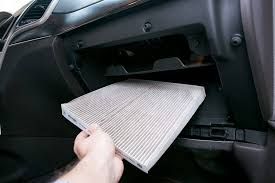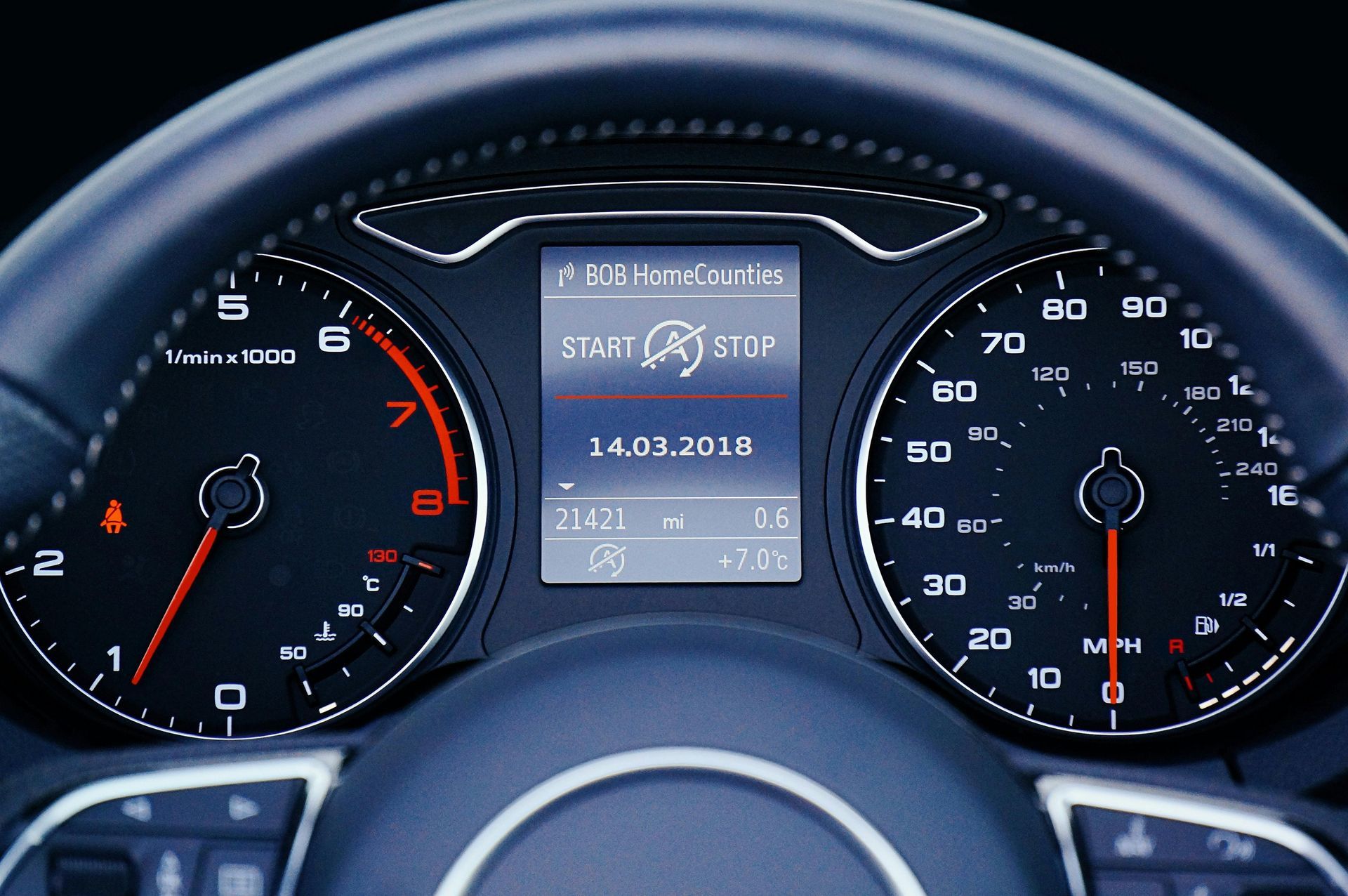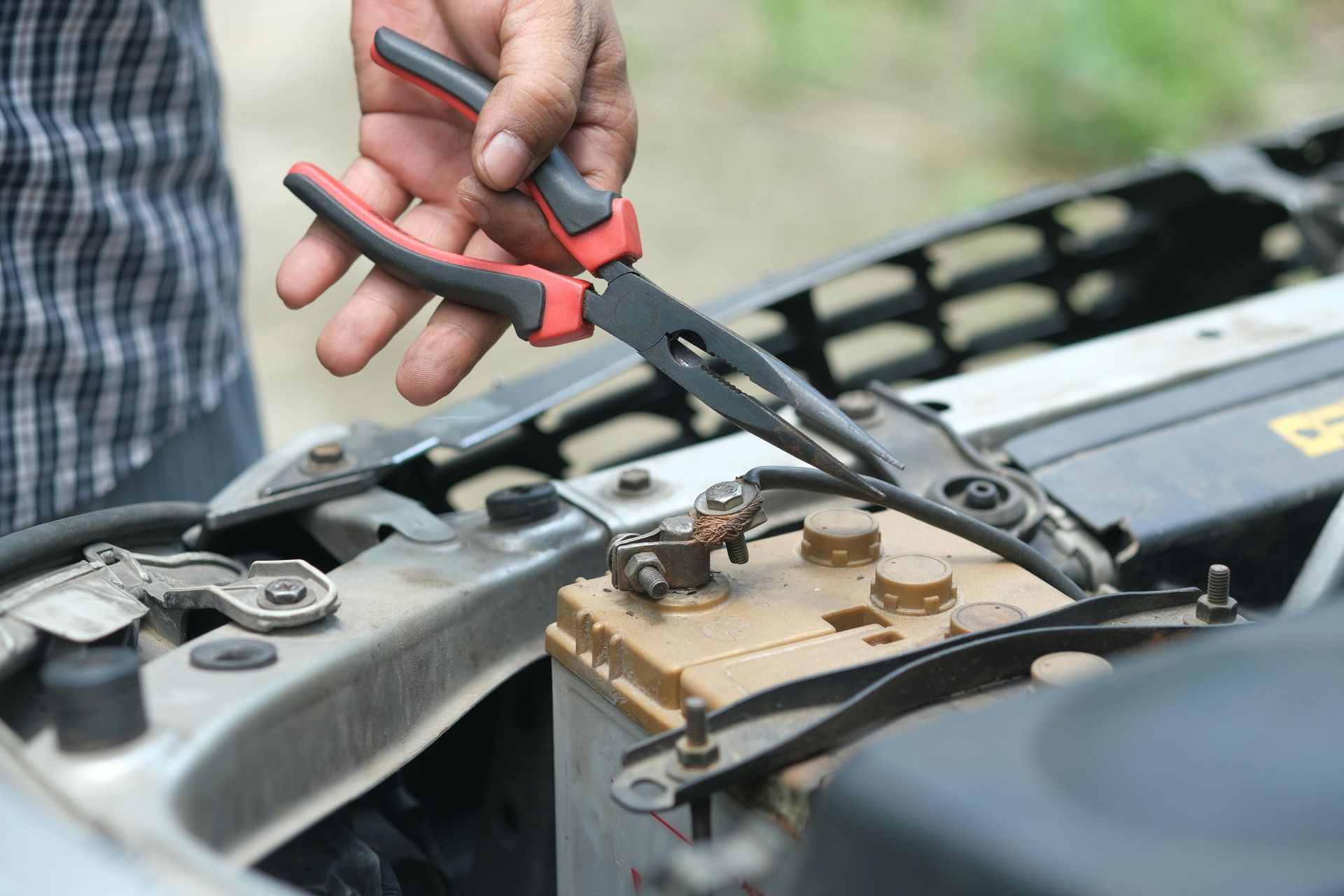Essential Vehicle Maintenance Tips to Keep Your Car Running Smoothly
Maintaining your vehicle is crucial for ensuring its longevity, safety, and performance. Regular upkeep can save you money in the long run and help avoid unexpected breakdowns. Here are some essential vehicle maintenance tips that every car owner should follow.
1. Regular Oil Changes
Oil is the lifeblood of your engine. Regular oil changes keep your engine running smoothly and efficiently. Depending on your vehicle and driving habits, aim to change your oil every 3,000 to 5,000 miles. Always refer to your owner’s manual for specific recommendations.
2. Check Fluid Levels
In addition to oil, your vehicle relies on several other fluids, including coolant, brake fluid, transmission fluid, and windshield washer fluid. Make it a habit to check these levels monthly and top them off as needed. Keeping fluids at the proper levels ensures your vehicle operates optimally.
3. Inspect and Replace Filters
Air and fuel filters play a critical role in your vehicle's performance. A clogged filter can reduce fuel efficiency and power. Check your filters regularly and replace them as recommended in your owner’s manual.
4. Maintain Tire Health
Proper tire maintenance is essential for safety and fuel efficiency. Check your tire pressure monthly and keep it at the recommended level, which can usually be found on a sticker inside the driver’s side door. Additionally, rotate your tires every 5,000 to 7,500 miles and check for tread wear regularly.
5. Examine Brakes Regularly
Brakes are crucial for your safety. Listen for unusual noises when braking, and if you feel vibrations or notice a decrease in responsiveness, it’s time for a professional inspection. Generally, brake pads should be replaced every 30,000 to 70,000 miles, but this can vary depending on driving habits.
6. Check the Battery
A well-functioning battery is vital for starting your vehicle. Inspect battery terminals for corrosion and ensure connections are tight. If your battery is more than three years old, consider having it tested annually to avoid unexpected failures.
7. Wiper Blades and Lights
Visibility is key to safe driving. Regularly check your wiper blades for wear and replace them if they streak or skip. Additionally, inspect all exterior lights (headlights, taillights, turn signals) to ensure they are functioning. Replace any burnt-out bulbs promptly.
8. Listen to Your Car Your vehicle often gives you signs when something is wrong. Pay attention to unusual sounds, vibrations, or warning lights on the dashboard. If you notice anything out of the ordinary, don’t hesitate to have it checked by a professional.
9. Follow a Maintenance Schedule
Create a maintenance schedule based on your vehicle’s needs and stick to it. Use a calendar or a mobile app to remind you of important tasks like oil changes, tire rotations, and inspections. Staying organized can help you avoid costly repairs down the line.
Conclusion
Regular vehicle maintenance doesn’t have to be daunting. By following these tips, you can ensure that your car remains in good condition, saving you time and money while providing a safer driving experience. Remember, a well-maintained vehicle is not just about performance; it's about safety and peace of mind on the road!














